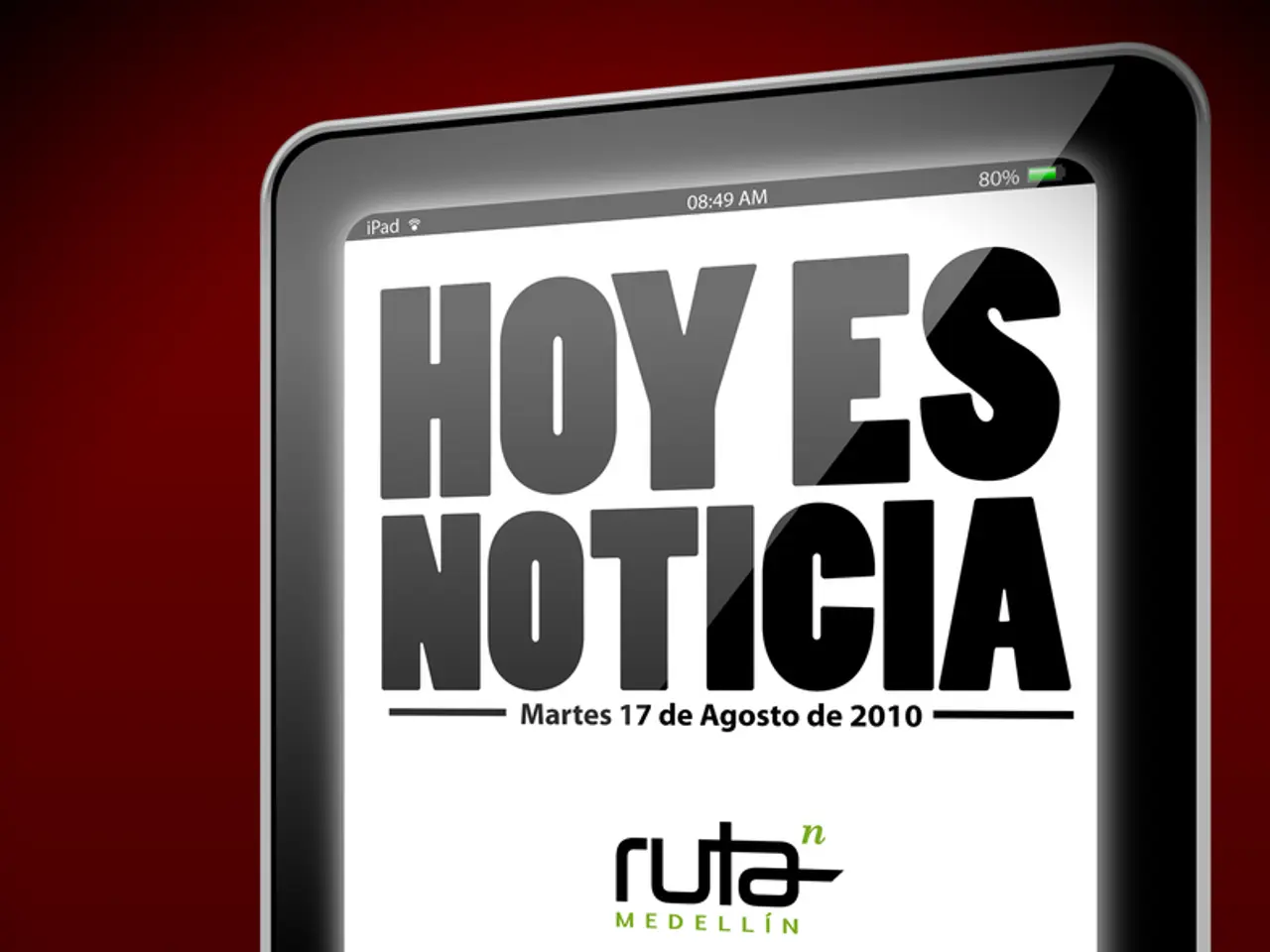Is it Time to Switch from Textbooks to Tablets in K12 Education (2026)?
In the ever-evolving landscape of education, tablets have emerged as a popular tool for learning, particularly in the K12 sector. These portable devices offer numerous benefits that traditional textbooks simply cannot match.
One of the most significant advantages of tablets is their offline capabilities. This feature ensures consistent learning even in areas with weak connectivity, making them an ideal solution for students in rural or underdeveloped areas.
The widespread adoption of tablets is evident in the United States. According to recent statistics, 53% of U.S. adults, 42% of U.S. children under 8, and 81% of U.S. children aged 8 to 17 own tablets. Schools, too, have embraced this technology, with large school districts like Los Angeles Unified School District, New York City Department of Education, and Chicago Public Schools leading the way.
Tablets provide an engaging learning experience, offering interactive content, videos, and quizzes. This level of interaction significantly increases student engagement compared to printed textbooks. Moreover, schools can create and distribute highly interactive eBooks using cloud-based digital publishing platforms, ensuring that learning materials are accessible across devices and offline.
However, the integration of tablets into K12 classrooms comes with its challenges. Equitable device distribution is crucial to ensure fair access to technology for every student. Schools must invest in strong Wi-Fi networks to ensure uninterrupted access to learning materials. Additionally, while tablets offer offline access, they still require internet bandwidth at home for full functionality. Low-income families might struggle to afford sufficient internet bandwidth for tablets.
To mitigate these challenges, schools must establish a dedicated support team or partner with vendors for proper tablet maintenance. Mobile device management (MDM) software can help track tablets and minimize costs and downtime due to lost or damaged devices. Workshops and continuous support are essential for teachers to integrate tablets and digital textbooks effectively in K12 classrooms.
Tablets are not without their potential distractions. Students might pay attention to emails, apps, websites, and games instead of their studies. Therefore, it's crucial to educate students on using tablets responsibly and effectively for learning.
Despite these challenges, the benefits of tablets in K12 education are undeniable. They offer portability, with hundreds of textbooks on one lightweight device. They are eco-friendly, reducing paper, ink, and shipping use compared to printed textbooks. Schools save on printing and distribution costs with digital textbooks. Moreover, updates are instant and subscriptions are cheaper with digital textbooks compared to buying new editions annually.
In conclusion, tablets represent a cost-effective and interactive solution for K12 education. With proper management, they can revolutionize the learning experience, providing students with a modern, engaging, and accessible educational tool.
Read also:
- CEO Efe Cakarel of film platform Mubi addresses controversy regarding new investor and Israeli military ties, establishes advisory board and fund to safeguard artists under threat.
- Deteriorating munitions are submerged in the Baltic Sea, and Germany aims to retrieve them before it's too late.
- Reliance, led by Ambani, and other entities are reportedly in negotiations with OpenAI to introduce the Stargate project, valued at half a trillion dollars, within India.
- Energy Minister of Malawi, Ibrahim Matola, heads Malawian delegation for a knowledge exchange on BESS (Battery Energy Storage Systems), a trip held in India. This exchange is backed by the Global Energy African Partnership Program (GEAPP).





